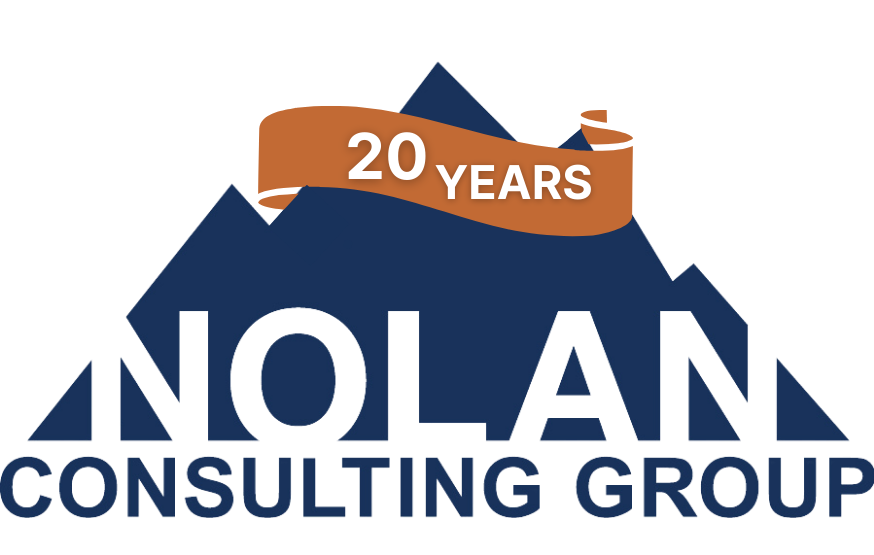Setting Goals in Times of Uncertainty
The best way to predict the future is to make the future.
Contributor: Andrew Amrhein, NCG Senior Coach
“Andrew,” he said, “I get it you’re a numbers guy, that’s your thing. But how can I possibly set goals right now?”
“Jim,” I said, “When you’re driving an unfamiliar road, and coming up on the crest of a hill, and you can’t see the road beyond, what do you instinctively do?”
“Slow down. You can’t see the road.” I could tell he didn’t see the connection
“Right, it might be flat- no big deal, or steep- very big deal. What happens when you slow down?” I asked.
Jim’s expression changed. He said begrudgingly, “I quickly plan what to do next.”
“Ok, good.” We both smiled. “Last point: What’s the goal of the plan?”
This time a little annoyed at my pushing, “I guess you mean ‘Don’t Wreck”
“Yahtzee!” I could tell we were both thinking.
My point in sharing this conversation is that goals and planning do not have to be complicated. In fact, the simpler the better. This conversation is meaningful, at least to me, because I think most owner’s goals right now center around, “Don’t Wreck!”
Take SIPs – The best way to predict the future is to make the future. Over the fourth quarter, get into a planning and adapting mindset by scheduling frequent meetings with your team. The purpose is to work “On” the business, not “In” it. In those meetings, we recommend taking take SIPs, (Short Interval Planning – Tom Foster) rather than gulps. Plan for a month at a time if needed. I would suggest, though, the shortest interval while still being effective would be 90-Days.
Know Your Cookbook – What are the 2-3 main factors that drive revenue in your business? We call this “Creating a Cookbook” and it becomes a roadmap for success. For example:
- Production Employees: 10 x Hours per Day = 80 potential hours per day
- 80 hours per day x 21 working days = 1,680 total possible hours per month
- 1,680 hours in the month x $55 per hour = $92,400 possible revenue that month
Regardless of your trade or industry segment, a Cookbook like this clarifies the road ahead, just over the crest you can’t see.
To put this in context, if the goal is, “Don’t Wreck [the business],” then, we need 10 people in the field, at least 21 working days, and we need to hit $55 of revenue per hour worked. While you may have already known those things in your head, does your team (or at least your other leaders) know this as well as you do?
To make another analogy, which football team do you think stays more motivated:
- A team on a field with no End Zone, constantly running plays without knowing when they score?
- A team on a field with an End Zone.
Give your team an End Zone! An opportunity to know when they are doing well. At the same time, by meeting more frequently to review your Cookbook (working On the Business), you give yourself the opportunity to see the road ahead.
Have a Mindset to Adapt – In these meetings, give yourself the freedom to change. I find there are two common roadblocks to this. Some people feel like making a decision is like closing a door on other opportunities. So, don’t close the door! Second, others may feel like changing course means they made a bad decision. Give yourself permission to be wrong. In both cases, meeting more frequently gives you and your team time to see the need to change course, to choose that other opportunity, to be OK being wrong without wrecking the car.
Remember, you can always rework your budget and adapt as the horizon comes a little closer – you all can do that. 2020 is a prime example. It’s also okay to have multiple sets of goals in a year, especially in times of uncertainty. Have a Plan B, C, etc ready to go. The key is to start, so you have the ability to pivot and reforecast.
We’re starting to work with our clients on their 2021 budgets and we encourage all small business owners to start the process as well.
Have questions? Need guidance? Our coaches at NCG are here to help. For more information, reach out to info@nolancg.com
All the best,

Andrew Amrhein
